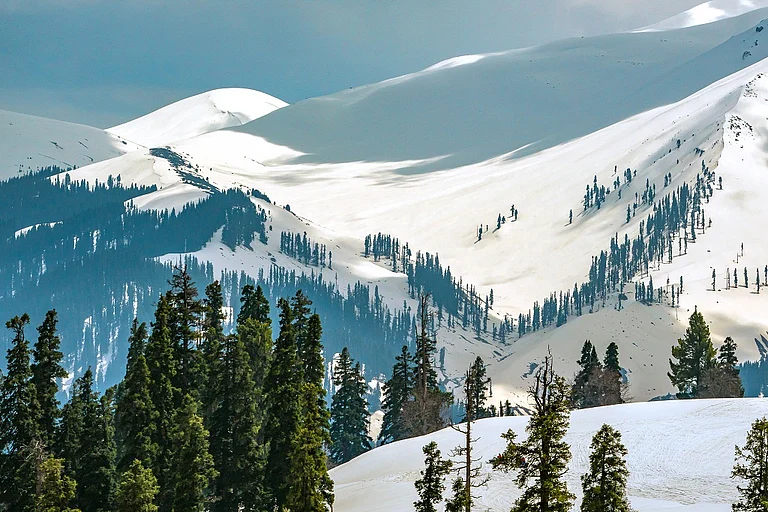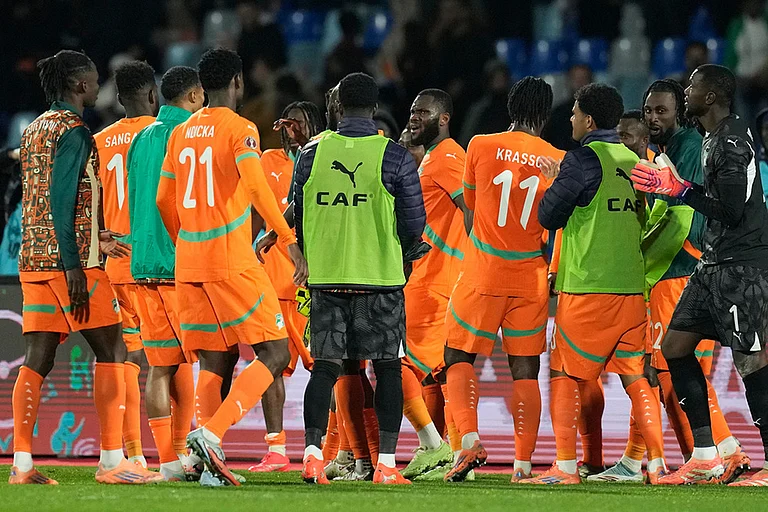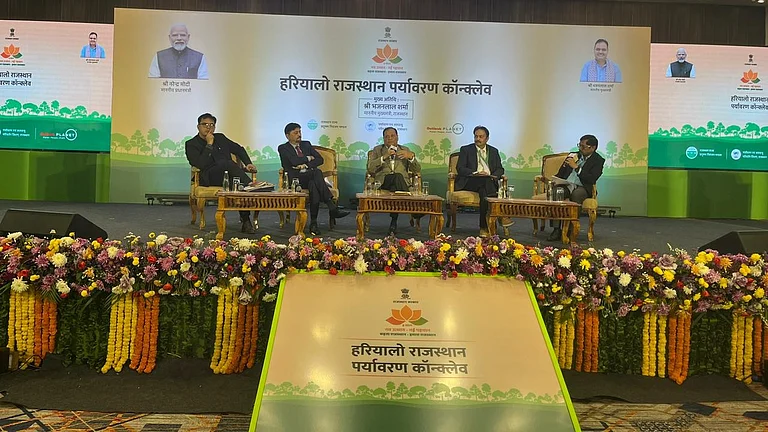Her eyes are wide-open. Pupils dilated. Eyebrows furrowed and her hands clench the chest in seeming pain as her body sways sideways, back and forth.
I plea to those who say-
‘I am liberal in thought and action’,
To hold back their laughs,
Those half grins, that ugly chuckle,
When they hear a reference, a joke, a remark
Of someone ‘swinging the other way’.
Preeti Vangani heaves as she regales the audience with her ‘slam’ poetry. Only about a year old in India, slam poetry (which lays equal emphasis on performance and text) is the thing to do at festivals; with groups like Delhi Poetry Slam, Pune Poetry Slam, Airplane Poetry Movement and Culture Shoq bringing together young minds to engage in candid talk. The voices are loud and clear, melody razor-sharp, and the themes hew close to ‘issues’. Poets ‘perform’ pieces infused with social messages. “Subjects like terrorism, class and caste discrimination, racism, women’s subjugation, sexual orientation, peer pressure and love rule our slam sessions,” says Shantanu Anand, co-founder of Airplane Poetry movement, an endeavour to recreate a culture of performance poetry.
Performance poetry is about the rhymester connecting with the audience while freely expressing himself. “It could be by reciting what they have written as a rhythm, performing it with the theatrics of voice modulation, expressions and body movements or music,” says Nicole Sumner, a slam poet from the US and a teacher at the American Embassy school in New Delhi.
Slam poetry was born in the 1980s in the US, at a time of political and social turmoil. Construction worker and poet Marc Smith initiated a poetry performance at the Get me High Lounge, a jazz club in Chicago. What was an attempt to enliven the open mic format laid the groundwork to the brand of poetry which came to be known as slam. It spread across the globe, bringing themes like repression, conflicts, atrocities as well as emotions (core subjects, one might say, of art and literature) to performance poetry. “It is similar to the birth of rap and hip-hop. It’s the voice to the many things individuals experience in their day-to-day life,” says the Mumbai-based Vangani. “In India, slam poetry came in 2013 and has, since then, taken in a vast range of young poets in its embrace,” says Saumya Choudhary, managing director of the Delhi Poetry Slam, one of the first groups to start a network.
While inked in modern tones, slam poetry is a revival of oral traditions. Of course, in India, ‘scripture’ and philosophy were both encoded in ‘shruti’. “The oral tradition never died out but took a backseat with the coming of industrialisation, privileging the written word,” says Aditya Pratap Deo, a professor at Delhi University.
The growing prominence of slam poetry, many think, is the ‘coming out of the closet’ of the oral tradition. “The best performance poetry is one that has a broad appeal, talks of social justice and is personalised,” says Sumner.


























